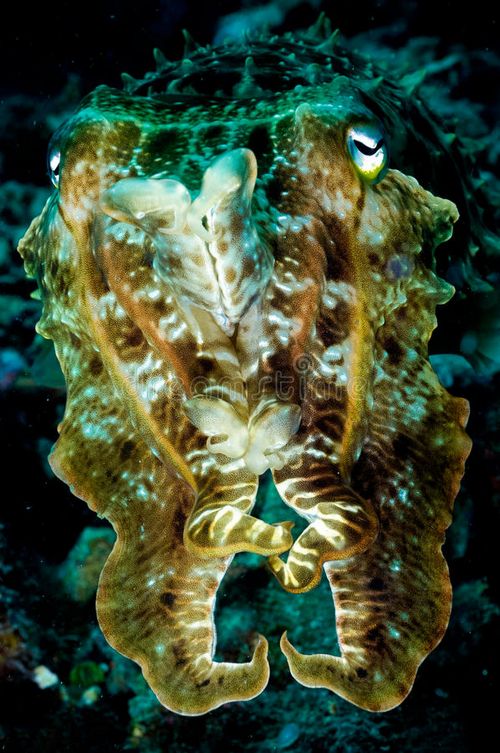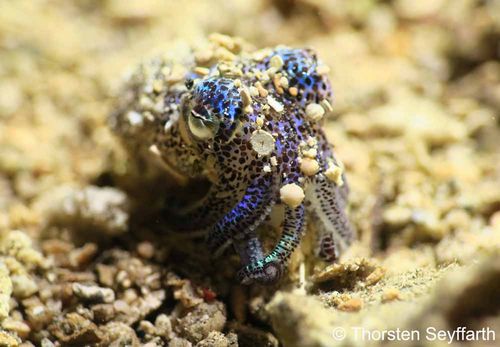Scuba Diving With Squid Ink And Cuttlefish Ink

A new idea for scuba diving and an entirely different kind of fish ink. The idea is not just new, it is rather revolutionary.
Scientists and marine experts are testing the viability of squid and cuttlefish ink for scuba divers. For the uninitiated, squid and cuttlefish ink are actually the same animal. Both are bottom dwellers that have adapted to an underwater environment that includes a mixture of a number of different liquids including fish food.
For many years, scientists have been using squid ink as a substitute for human breath. The problem with this was that squid ink had to be collected in an appropriate manner that allowing the squid to breathe underwater. Although there are a few commercial suppliers who offer the squid ink, they do so at a very expensive rate.
In recent years, a new solution has been developed, using squid and cuttlefish ink that can be collected from the sea floor in a more natural way. This solution is called marine hydrotherapy and it is the next big step in the evolution of the scuba diver.
Hydrotherapy was first discovered by accident. As a research scientist for an oil company, one day a team member spotted something unusual in the water. They were able to identify it as a dead fish and as they approached it they noticed that the fish was still alive.
As they pulled back on the handle of the net, the fish began to drown. From this point on, their research into marine biology came to a halt. When the team members retrieved the fish they learned that it had not been able to breathe underwater, but rather it had been dead for quite some time.
The scientists then decided that they would try their hand at reanimating the fish using a solution of squid ink and cuttlefish saliva. Once they did, it became clear that the fish would have the ability to breathe underwater when it could not breathe on land.
As the experiment progressed, scientists found out that their hydrotherapy could also be used for humans who suffer from breathing difficulties. Although there are still some limitations in the system as it relates to humans, researchers are excited about the idea of using a combination of squid ink and cuttlefish saliva to improve the quality of air we breathe underwater.

While this solution is still in its early stages, it will provide some great benefits to those who suffer from breathing issues.
Because hydrotherapy has been found to work best for humans who suffer from breathing problems, it is also a potential benefit to scuba divers. If a diver’s oxygen supply is depleted, then being able to take a piece of squid ink and cuttlefish saliva with them will allow them to survive underwater.
Marine hydrotherapy also offers a unique opportunity to divers because it is very inexpensive and easy to use. Unlike other types of diving, this method does not require any special training and all the equipment needed is available at a local dive shop.
This new technology is only available in some dive shops but is widely available online. Although there are several different types of scuba diving gear, including oxygen tanks and breathing cylinders, you will probably be surprised to know that none of this equipment requires you to purchase any special equipment.
A scuba tank will usually contain a variety of tools and pieces of equipment for a variety of reasons, but the most popular tools include a squid ink reservoir or cuttlefish ink reservoir. Once you get your own ink, you can simply refill the tank by collecting your squid ink and cutting up the cuttlefish.
You can then refill the tank and continue your dive without spending too much money. Some people like to purchase a second reservoir just in case the first one runs out, or you might want to purchase a second one just in case someone in the dive shop becomes ill while you are underwater.